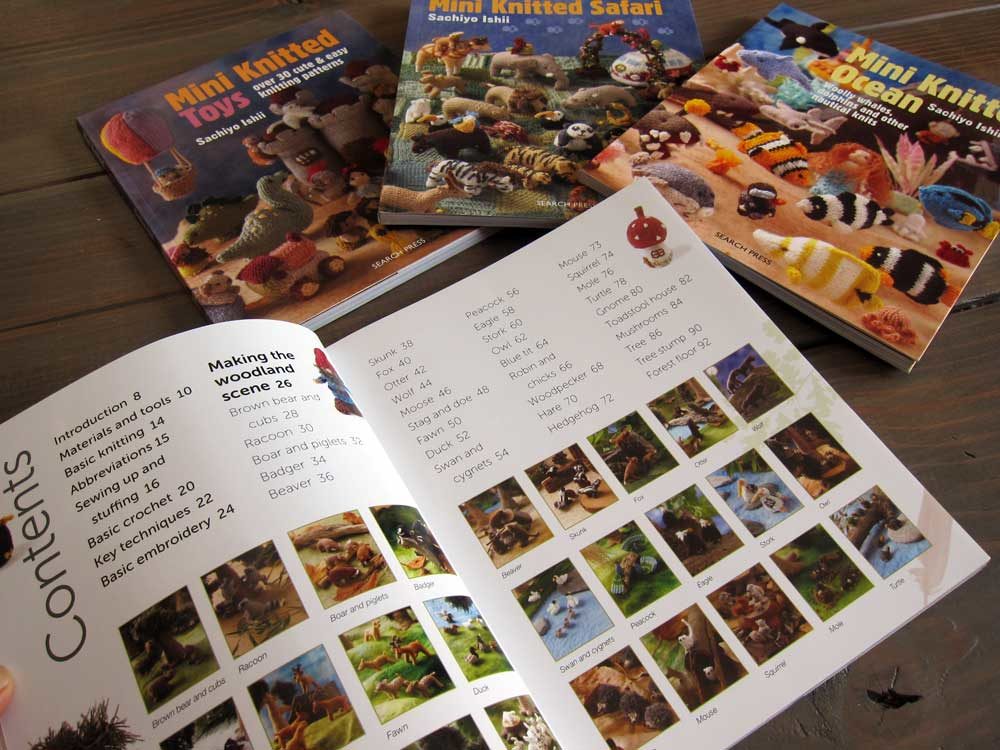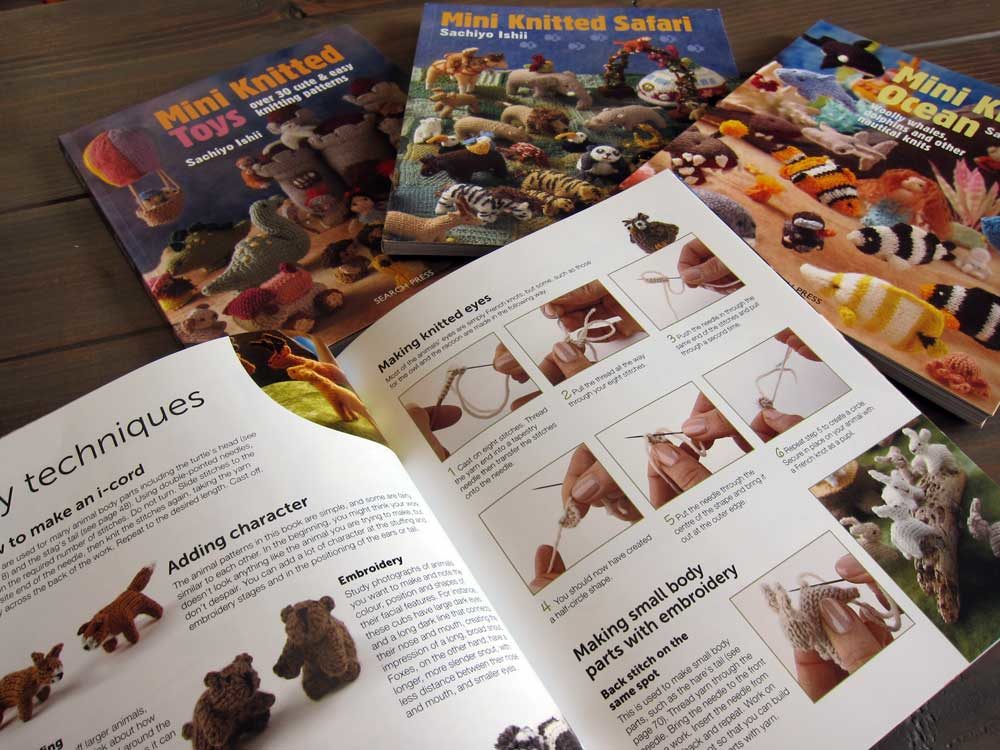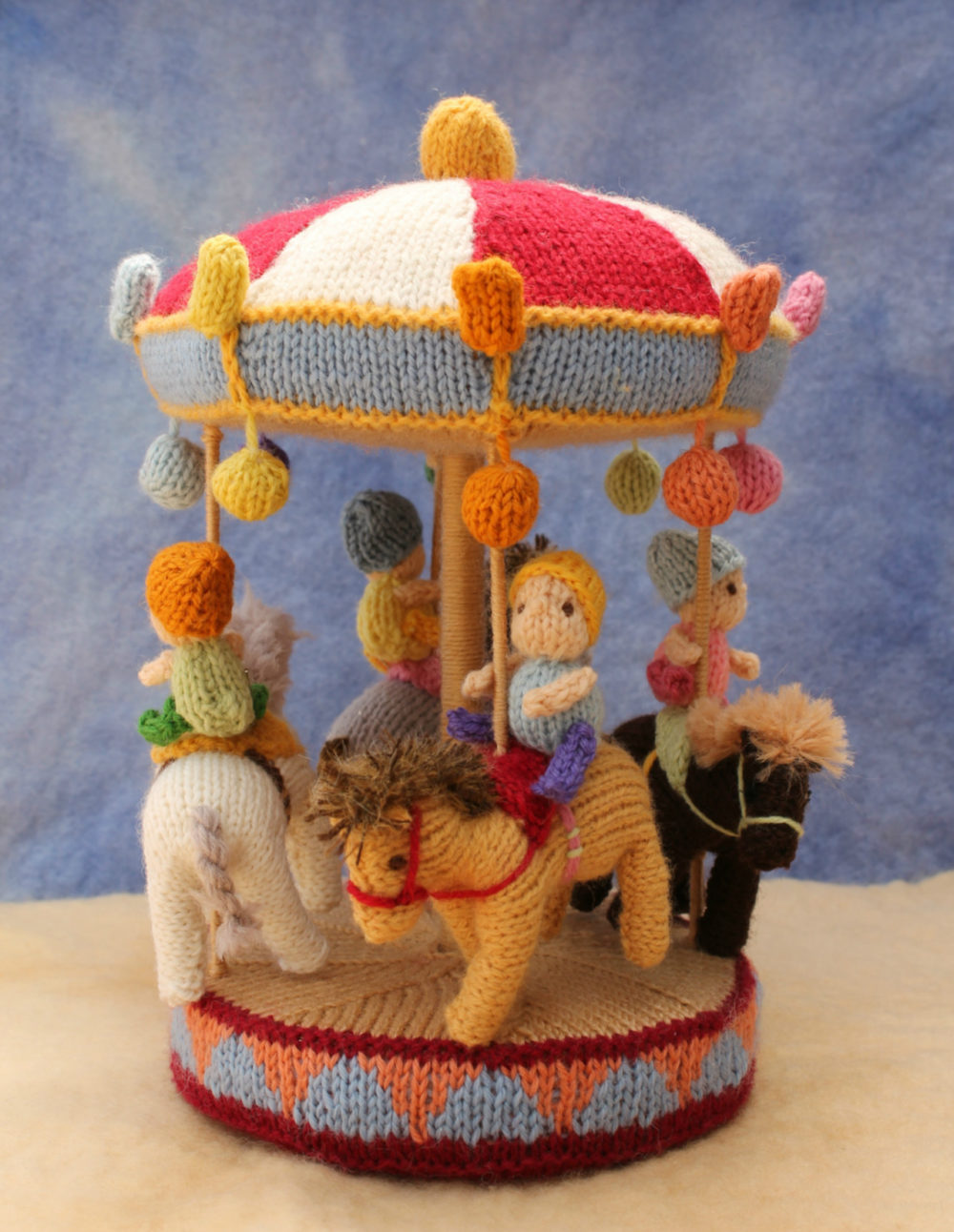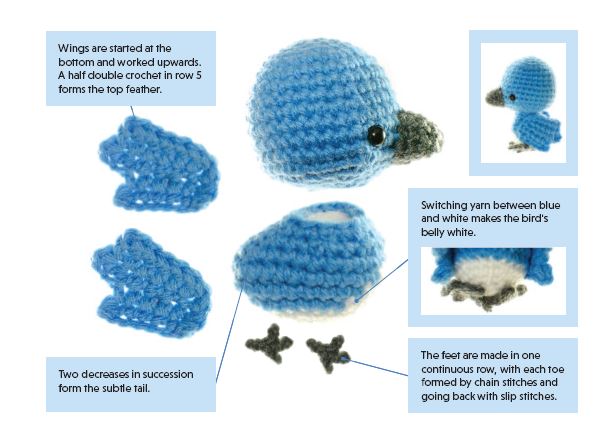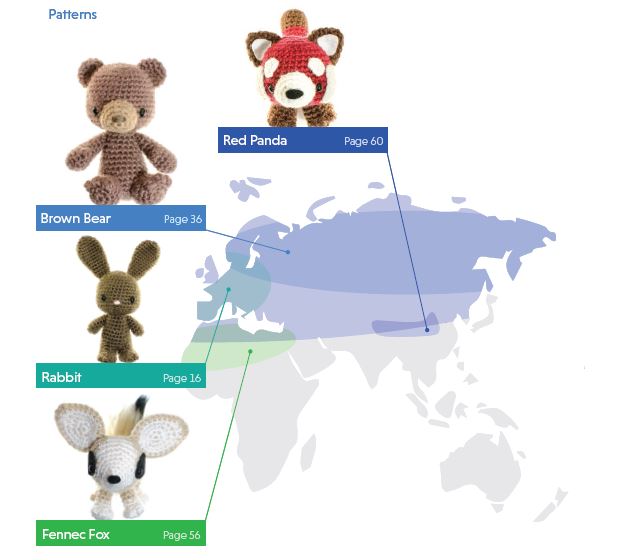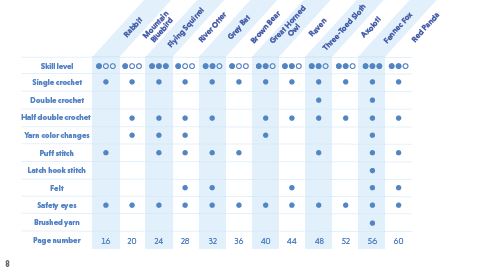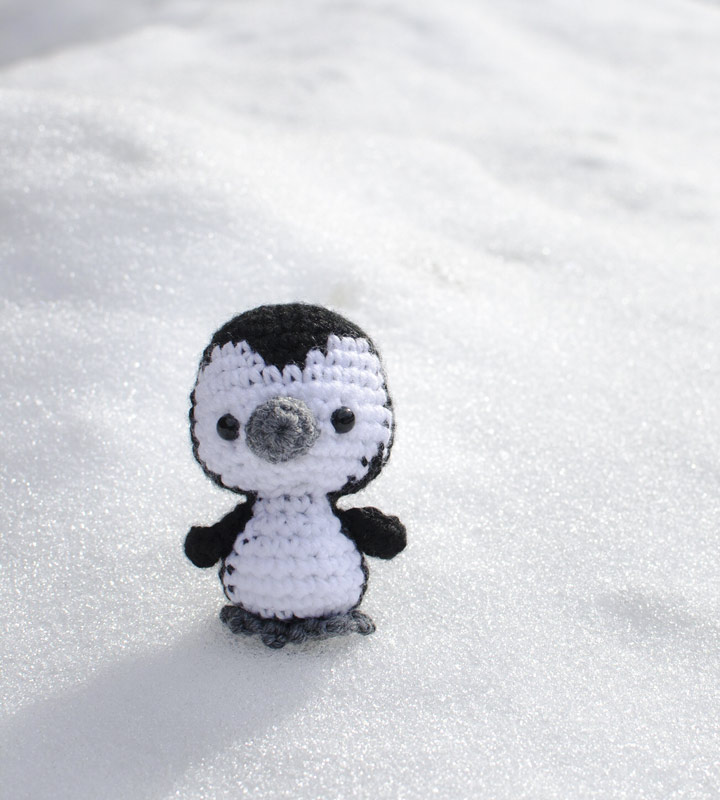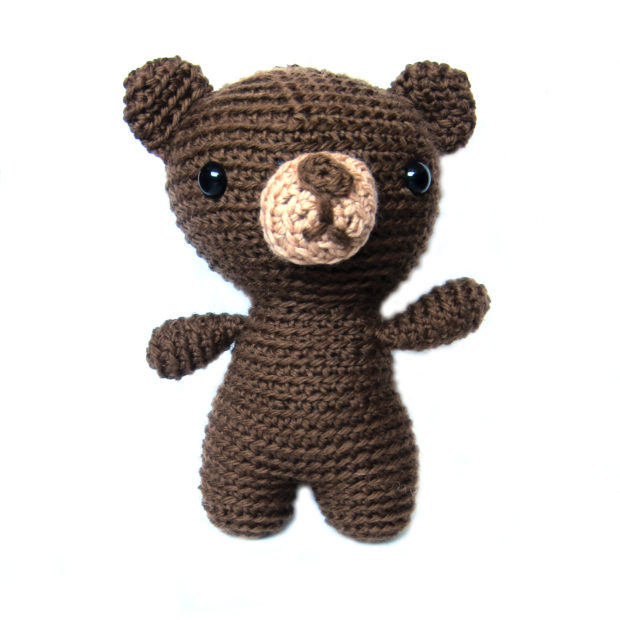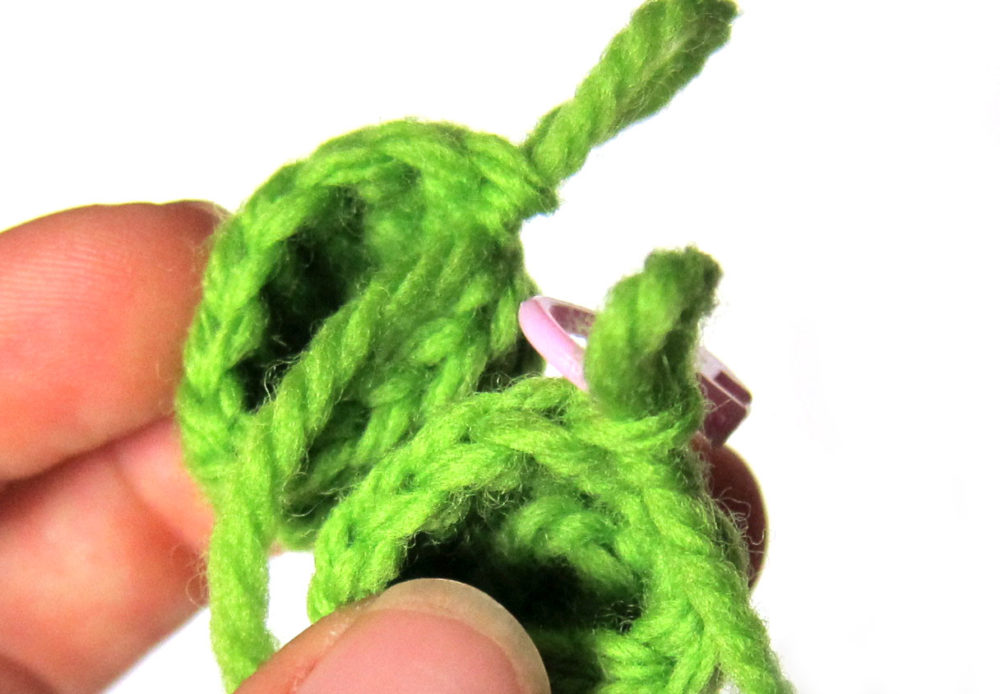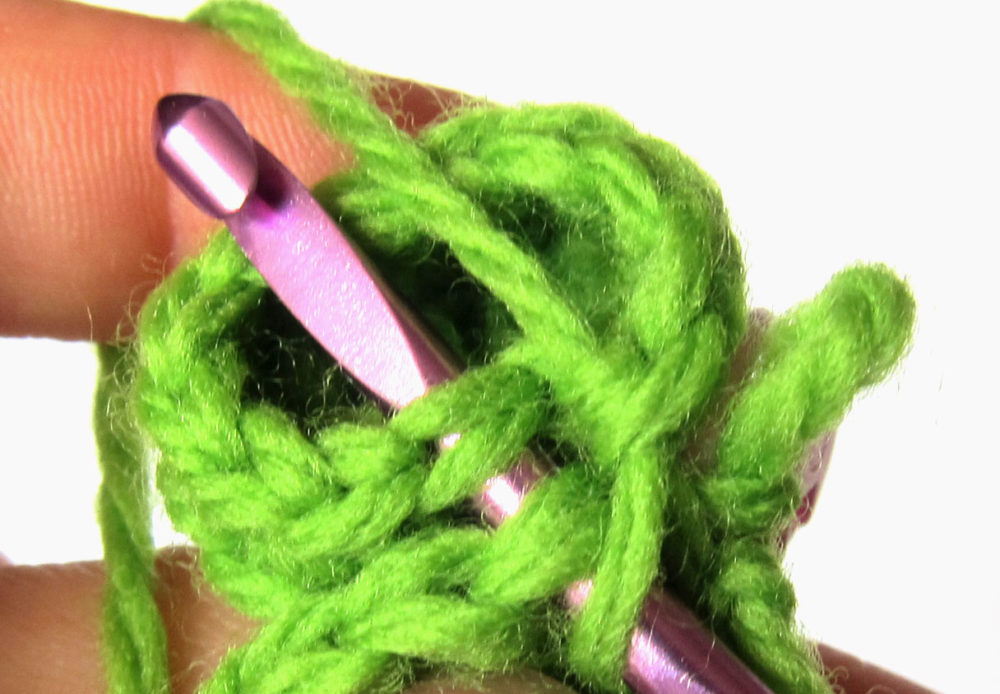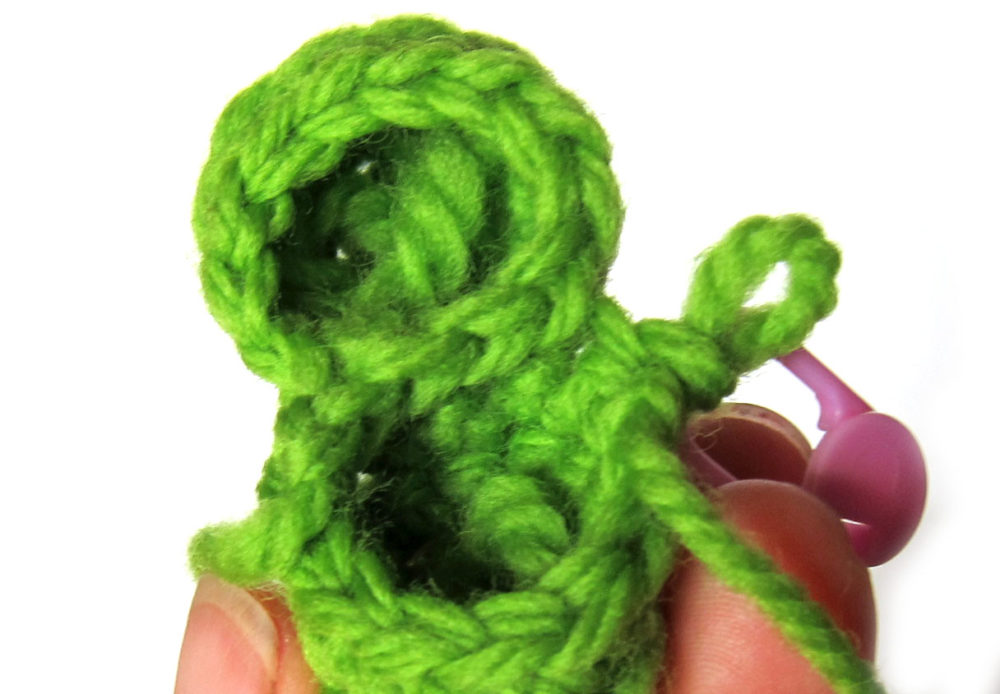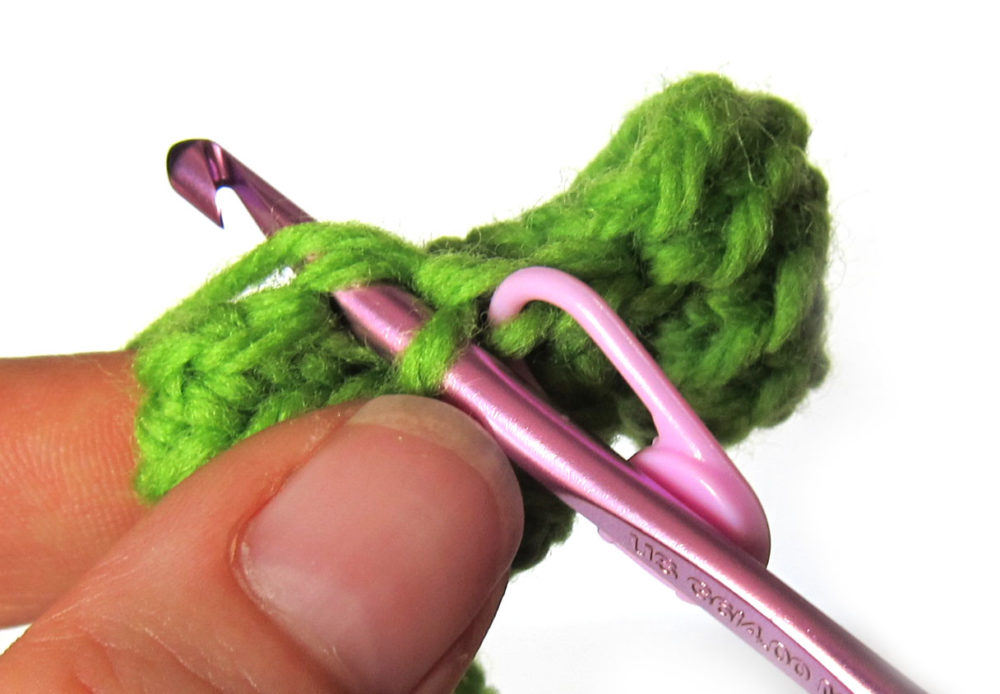Need to whip up a super easy trick or treat bag for Halloween this year?
Then I have the pattern for you!
It’s fully lined (which actually makes construction easier), requires no hand sewing, can be made with any of my square quilt block patterns with no resizing – and you can make it in an hour or less. 🙂
This project will work with any of my square applique patterns. If you’re using someone else’s pattern, you may need to resize it to fit a 10 inch square.
I’m using two monsters from the Scary Squares monster quilt pattern.
If you have a witch who needs a black cat, you could use the free Spooky Cat applique pattern.
If you have a farmer who needs a few farm animals, you could use any of the blocks in the Noisy Farm pattern.
If you just want to customize it with a name or Halloween greeting, use a fun Halloween print fabric and this free alphabet applique pattern.
The sky is the limit!
What You’ll Need
- 1/2 yard medium weight fabric for the main bag (I used black cotton twill)
- 1/2 yard light weight fabric for the lining (I used a Halloween novelty print)
- fusible adhesive (I recommend Heat & Bond Lite)
- fabric for your applique
- black thread
- applique pattern of your choice
Cutting Instructions
- Cut two 11″ x 11″ squares from the main fabric.
- Cut two 11″ x 11″ squares from the lining fabric.
- Cut two 14″ x 4″ rectangle from the main fabric for the handles.
Put It All Together
Step 1
Applique the main fabric squares with the design of your choice. If it’s one of my portrait designs, make sure the cut edge of the body is lined up with the bottom edge of the square.
If you’ve never done applique with fusible adhesive, it’s super easy! You’ll find instructions with video links in any of my patterns, and there’s a general video tutorial here.
Step 2
Fold the rectangles for the handles into double-fold strips and press.
There’s a video here showing how to do that if it’s new for you.
Stitch through all the layers down each long edge.
Set the handles aside.
Step 3
Layer the two lining pieces right sides together. Sew down one side, across the bottom, and up the other side using 1/4″ seam allowance.
I clipped the corners here out of habit, but you don’t need to do that. They’re about to get chopped off in the next step.
Repeat for the two main trick or treat bag pieces.
Step 4
Box the corners of the lining so the bag is 1 inch deep
If you’ve never sewn boxed corners before, this video will show you how.
Repeat for the main bag.
Step 5
Fold the bag in half to find the center of the top edge.
Pin the handles to the bag so that the inside edge of the handle is 2 inches from the center pin, and the raw edge of the handle is lined up with the raw edge of the bag.
Pin the handles in place on both sides of the main bag. You can baste them in place if you like, but I usually just hold them with pins for the next step.
Step 6
Leave the main bag right side out, and the lining inside out.
Slide the lining over the main bag, so that the right side of the lining is facing the right side of the applique, and the handles are sandwiched between the two layers. Match the side seams and centers and pin the two bags together around the top edge.
Sew around the top edge of the bag using 1/4″ seam allowance and leaving an opening on one side between the inside edges of one of the handles.
This is easiest if you start sewing right at the inside edge of one handle. Sew through that handle, around the side seam, through both handles on the other side, around the second side seam, and through the last handle. Stop as soon as you sew over the last handle (remember to backstitch!) and you’ll have an opening about 4 inches wide.
Step 7
Turn the bag right side out. This step is a little mind-bendy if you’ve never done it before, but it’s actually really simple.
First pull the main bag out of the lining so that both parts are inside out.
Now reach into the opening, grab the main bag and pull it through the opening so that it’s right side out. Keep pulling and the lining will follow – also right side out.
Now just tuck the lining down inside the bag. 🙂
Step 8
Smooth and press the top edge of the bag.
Fold under the seam allowance from the turning opening and press that as well.
Edgestitch all the way around that top edge. This will finish your bag, sew up the turning opening, and reinforce the handles – all in one step. 🙂
Finished!
Now go out and fill your trick or treat bag with lots of yummy candy. 🙂
For a slightly smaller tote bag, made with the same method, head over here.

Here are several free patterns that work with my basic 10-inch applique squares – no resizing needed!
- Make a Wall Hanging with a Wonky Churn Dash Frame
- Trick or Treat Bag (medium tote bag)
- Quilted Tablet Cover
- How to Turn Any Quilt Block into a Pillow
- Fast and Easy Placemats
- Fancy Felt Frame
- Receiving Blanket
Here are several free patterns that work with just some simple resizing. This post about making coasters has info about resizing an applique pattern that can be applied to any of these projects.
- Free Bib Pattern
- Simple Christmas Stocking
- Mini Bunny Tote Bag
- Turn Any Quilt Block Patterns into Cute Coasters
- Cozy Bear Coasters
- The Big Bag (applique on the pocket)
- Cloth Book for Babies
Return to the main Let’s Make a Quilt Table of Contents.
Happy Halloween!




































